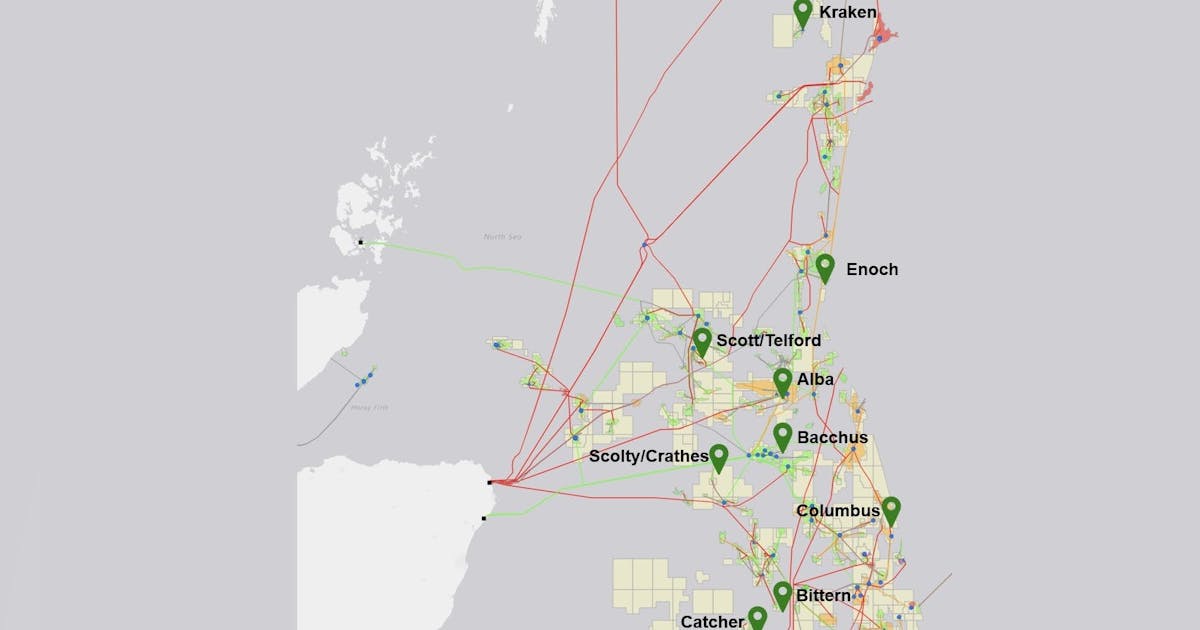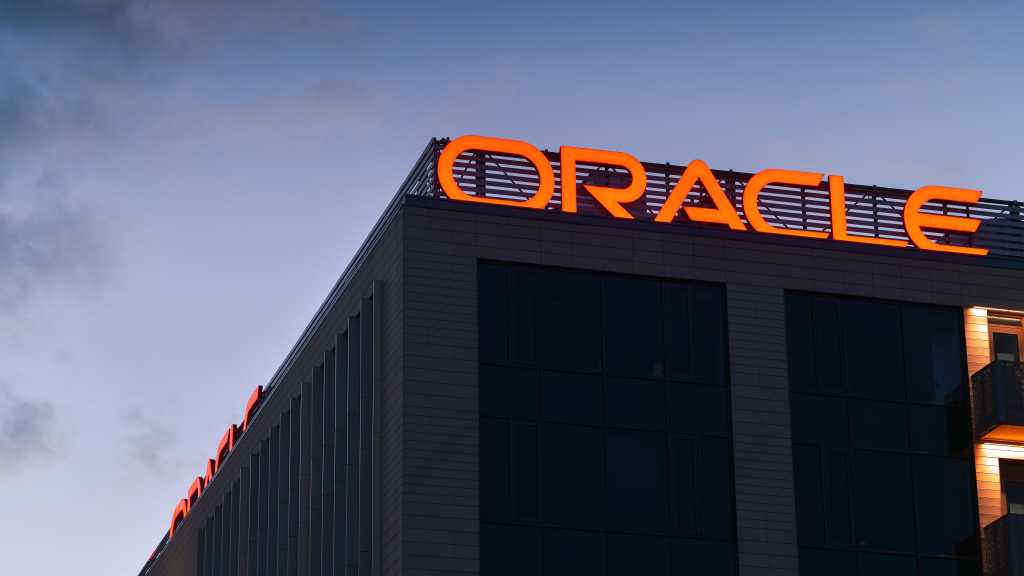Music AI Sandbox was developed by Adam Roberts, Amy Stuart, Ari Troper, Beat Gfeller, Chris Deaner, Chris Reardon, Colin McArdell, DY Kim, Ethan Manilow, Felix Riedel, George Brower, Hema Manickavasagam, Jeff Chang, Jesse Engel, Michael Chang, Moon Park, Pawel Wluka, Reed Enger, Ross Cairns, Sage Stevens, Tom Jenkins, Tom Hume and Yotam Mann. Additional contributions provided by Arathi Sethumadhavan, Brian McWilliams, Cătălina Cangea, Doug Fritz, Drew Jaegle, Eleni Shaw, Jessi Liang, Kazuya Kawakami, Kehang Han, and Veronika Goldberg.
Lyria 2 was developed by Asahi Ushio, Beat Gfeller, Brian McWilliams, Kazuya Kawakami, Keyang Xu, Matej Kastelic, Mauro Verzetti, Myriam Hamed Torres, Ondrej Skopek, Pavel Khrushkov, Pen Li, Tobenna Peter Igwe and Zalan Borsos. Additional contributions provided by Adam Roberts, Andrea Agostinelli, Benigno Uria, Carrie Zhang, Chris Deaner, Colin McArdell, DY Kim, Eleni Shaw, Ethan Manilow, Hongliang Fei, Jason Baldridge, Jesse Engel, Li Li, Luyu Wang, Mauricio Zuluaga, Nemanja Spasojevic, Noah Constant, Ruba Haroun, Tayniat Khan, Volodymyr Mnih, Yan Wu and Zoe Ashwood.
Special thanks to Aäron van den Oord, Mahyar Bordbar, Douglas Eck, Eli Collins, Mira Lane, Koray Kavukcuoglu and Demis Hassabis for their insightful guidance and support throughout the development process.
We also acknowledge the many other individuals who contributed across Google DeepMind and Alphabet, including our colleagues at YouTube (a particular shout out to the YouTube Artist Partnerships team led by Vivien Lewit for their support partnering with the music industry).























